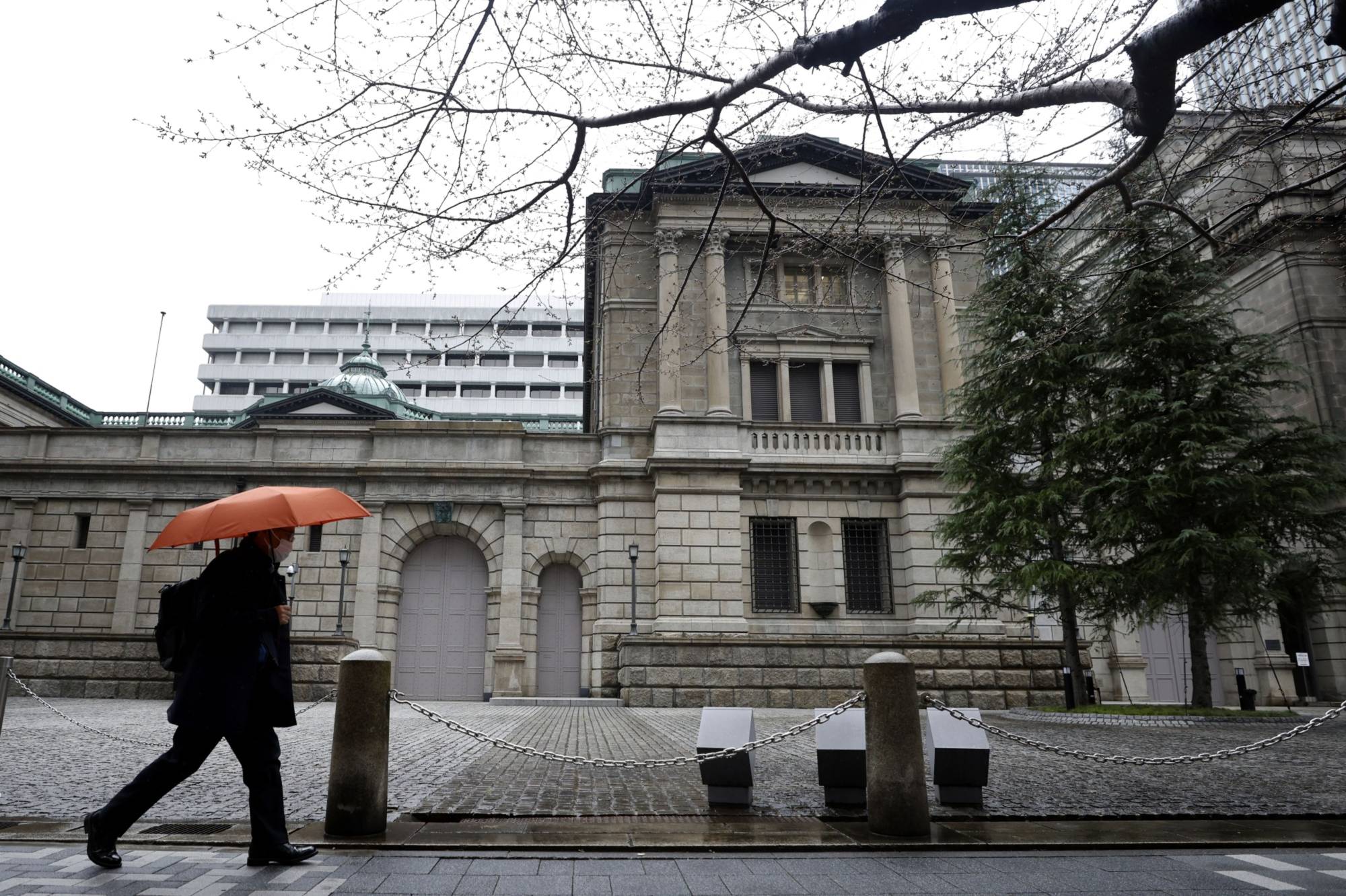The current bout of global inflation is mainly driven by the sharp hikes in energy and food prices, as well as continued global supply chain disruptions and the pandemic.
Generally, inflation rates in emerging economies have been much higher than in developed economies, mainly due to the exchange rate depreciation, as is the case with Turkey whose inflation rate has risen to 61%.
Among developed countries, the United States has one of the highest inflation rates, at 8.5%. This is followed by the eurozone, whose recent inflation reached 7.5%.

















With your current subscription plan you can comment on stories. However, before writing your first comment, please create a display name in the Profile section of your subscriber account page.